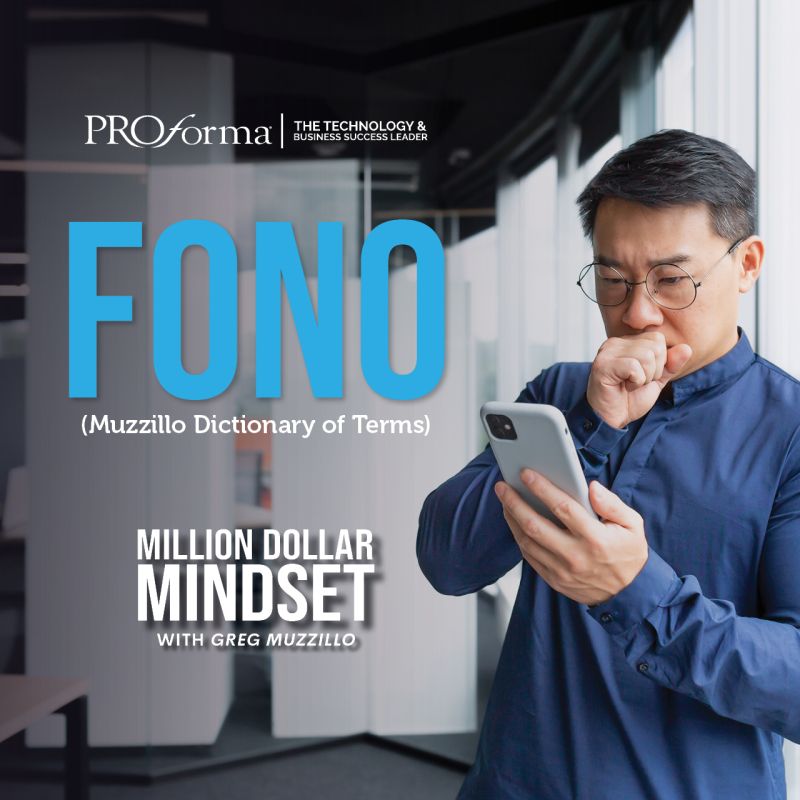
The hospitality industry is one that is made up of many roles. Bellhops, door attendants, valets, chefs, housekeeping and front desk staff are all part of a constantly moving machine that keeps any hotel or resort running. When travelers choose to stay somewhere, many expect a clean, cohesive staff look. J.A. Uniforms, Miami, is a distributor for the hospitality industry nationwide, providing those looks with a cutting-edge sales philosophy that is innovative in its market.
Last summer, J.A. Uniforms participated in an Edwards Garment, Kalamazoo, Mich., contest held for creative use of its clothing brands. The distributor’s custom design changes to the Synergy Washable Suiting brand landed the company in the winner’s circle. It created the two looks for a property in Coral Gables, Fla., near J.A. Uniforms’ home facility. For the housekeeping staff, J.A. Uniforms modified Edwards Garment’s pants into capris. And, for the front desk staff, the company added elements, such as a lapel and matching pocket square, tonal tie and tie bar, among other modifications.
The company has provided bespoke uniforms for hotels and travel services across the country, including the Rosen Hotels and Resorts in Orlando, Fla.; the Ocean Reef Club in Key Largo, Fla.; the Towne Park valet company; as well as franchises of the Marriott, Hyatt, Hilton, Ritz-Carlton and Wyndham hotels. The company also used Edwards Garment again as a supplier for bellhop and door attendant uniforms at the five-star Fontainebleau Hotel in Miami Beach, Fla.
We asked Alex Arencibia, owner of J.A. Uniforms, how his company has carved a unique position as a vendor for the hospitality industry, and its approach to custom apparel.
Promo Marketing: What was your approach to the Edwards Garment contest?
Alex Arencibia: What you notice [in our entry] is a tendency for us to go out of our way to fuse different looks and different pieces from different vendors to make a smart outfit. There’s a lapel vendor and there’s a nametag vendor. There’s a custom pocket square that we cut from the fabric in the Edwards [Garment] tie. We’re a little bit bold in mixing fabrics. Some people would be opposed to that. There’s a poly performance blouse and shirt that go with the garments. There’s a flower that was handmade. As a vendor, we’re trying to reach out to all the different crafting skills we have to put together a look. [It’s] a fashion theme, but still very corporate, even down to the tie bar that finishes the look, and the matching belt.
PM: How did you get this order done?
AA: We have one 6,500 square foot facility with sewing factory, embroidery capacity, screen-printing capacity, with our own design team and our own [computer-assisted design] system to do our own printing and patterns. One of the things that allows our customers to efficiently go through styles is [that] we have multiple catalogs online and we break it down into itemized look books.
PM: What is your specialty in this market?
AA: We’re experts in modifying garments, which means that instead of making a complete custom look, we’ll take a long-sleeve blouse and make it into a short-sleeve blouse with a vent, use cargo pockets to make a regular waiter shirt into a bellman shirt, add epaulets, change out collars, we add inset pockets to pants for custom valets, etc.
PM: How do you find business in the hotel and travel industry?
AA: We realized more and more you need to have a sales arm to go out and assist these people. They need to coordinate outfits, they need to talk about performance issues, laundering issues. You need to get into the mind of the buyer so you see what kind of staff he has, how many levels so you see what the wear and tear is going to be on the garment, so we actually go and visit customers quite a bit. We do a lot of digital presentations, doing old school postcards to get our company brand in front of [general managers]. Newspapers, mailings, phone calls and a handwritten letter—we try to do that as much as possible.
PM: Why did you choose to have an in-house design team?
AA: The driving force to that was we recognized a need from our clients that you need to be able to move quickly and efficiently, [and] price consciously, with moderate minimums to make it look custom so you can take stock items and modify them in many different ways. For example, you can take a suit blazer in a gray and change out the lapel to a satin black, or a red or a burgundy, and trim the sleeve to have the same matching fabric. … There’s a lot of different ways to modify a garment. We realized it’s the easiest way to go custom, not just for us but for our customers to not have to get into long delivery times, high pricing and pretty relevant minimums. It’s very difficult to keep a factory running. We tend to constantly be making counter samples, hemmings, alterations, modifications and small runs. It unfortunately is not always a winning proposition, but it’s something we do to satisfy our customer in the bigger picture. We don’t look at that as a profit module so much as a service module.



